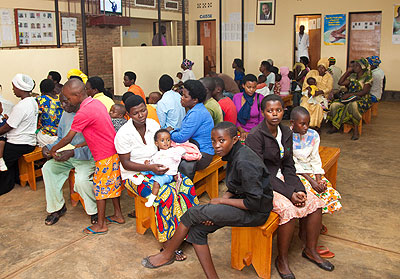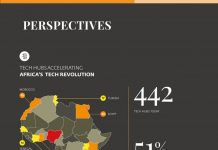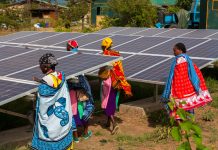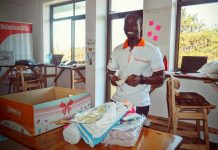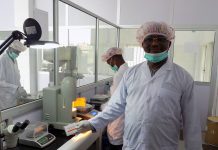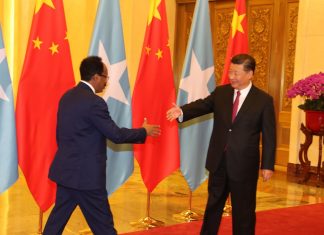(A column highlighting scientific, technological, engineering and design innovation in Africa)
The Sickle Cell Disease Research Program in Tanzania is intended to show that genomic research can be conducted accurately and efficiently in Africa and at a reasonable cost.
Julie Makani, M.D., Ph.D., is collaborating with the Wellcome Trust, a health-focused charitable foundation in Britain, on a genome-wide association study (GWAS) to better understand the genetic and environmental factors that affect sickle cell disease. Dr. Makani is the senior lecturer in hematology and blood transfusion at Muhimbili University of Health and Allied Sciences, the main academic and research center in Tanzania.
Sickle cell disease is a genetic blood disorder that impairs the red blood cells, which are responsible for transporting oxygen throughout the whole body. In sickle cell-infected patients, the red blood cells assume an abnormal shape, making it difficult for efficient blood to flow through the vessels. The result is reoccurring episodes of pain and severe organ damage.
Of the more than 300,000 children born worldwide each year who suffer from sickle cell disease, 210,000, or 70 percent, are born in Africa. Tanzania alone has one of the world’s highest annual birth rates of sickle cell disease, estimated to be between 8,000 to 11,000 births year one. Although early treatment and diagnosis can prevent premature death, 90 percent of these children die without treatment,
The Muhimbili Wellcome Program initially set out to study 400 children but currently is following 2,500 children, making it one of the largest biomedical sickle cell disease research programs in the world.
Dr. Makani is studying the role of anemia and fetal hemoglobin in influencing disease burden in sickle cell disease. She is working with colleagues to establish networks at national (Sickle Cell Foundation of Tanzania), regional (Sickle Cell Disease Research Network of East and Central Africa, REDAC), and continent-wide (Sickle Consortium for Health, Advocacy, Research and Training in Africa, CHARTA) levels. She is a member of the technical advisory group of Global Sickle Cell Disease Research Network, co-chairing the working group responsible for hydroxyurea therapy in Africa.


